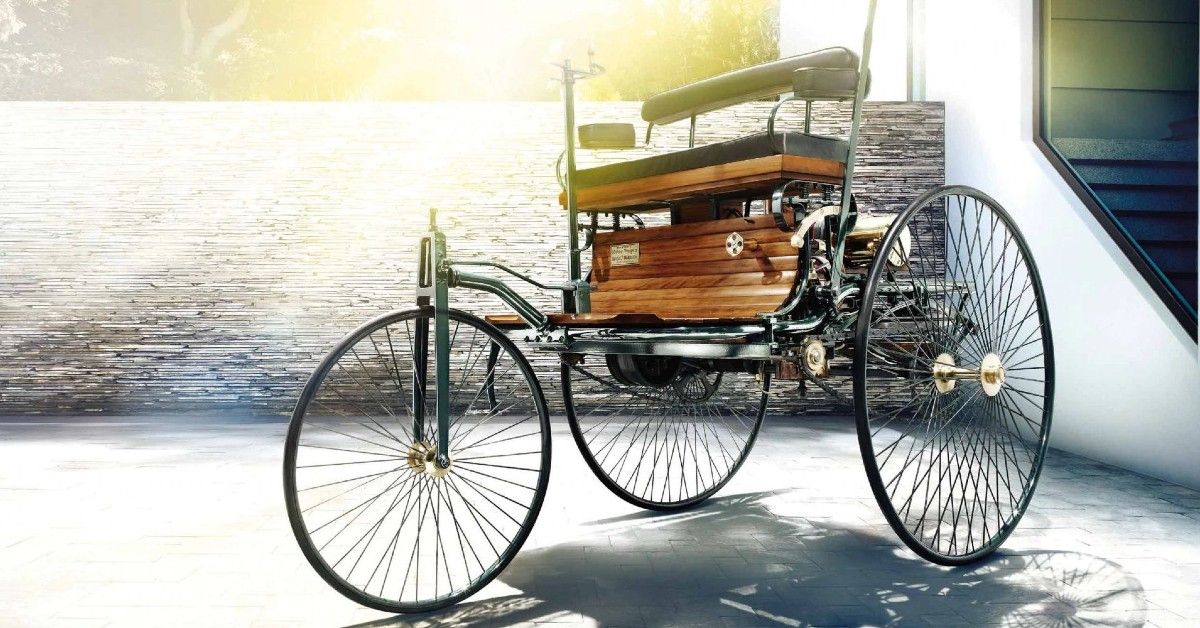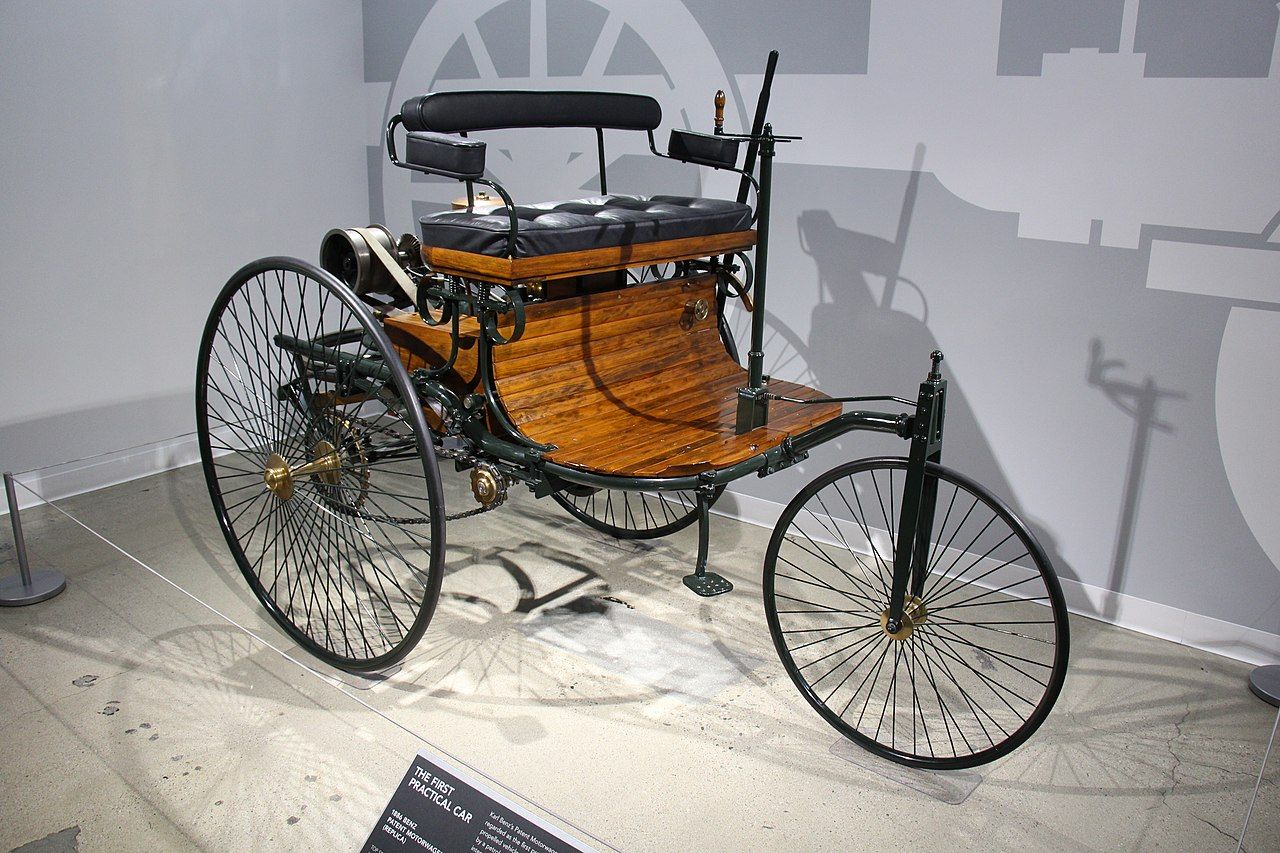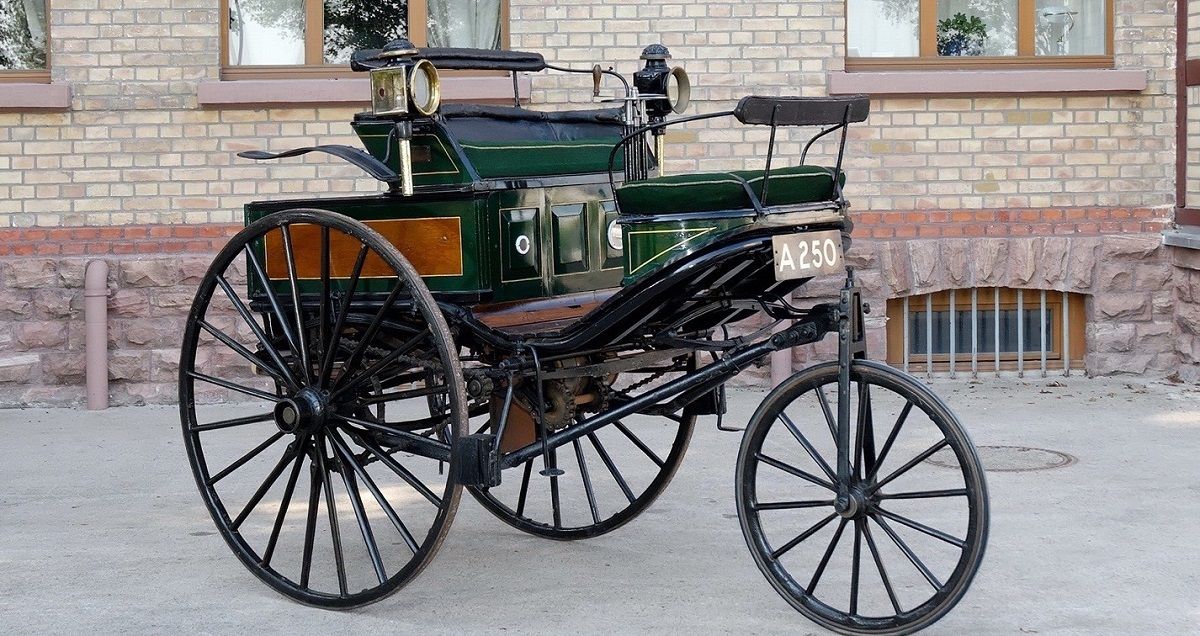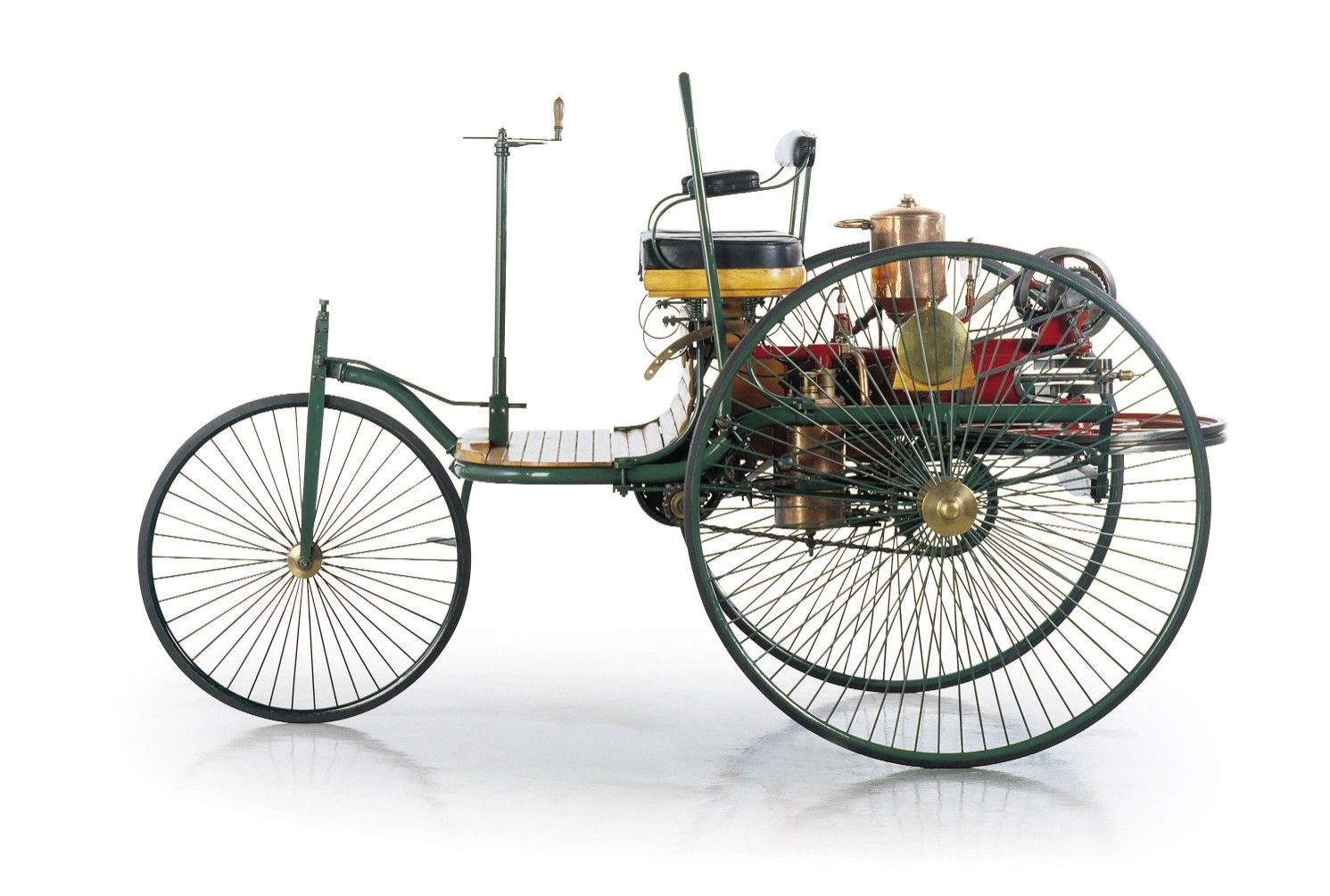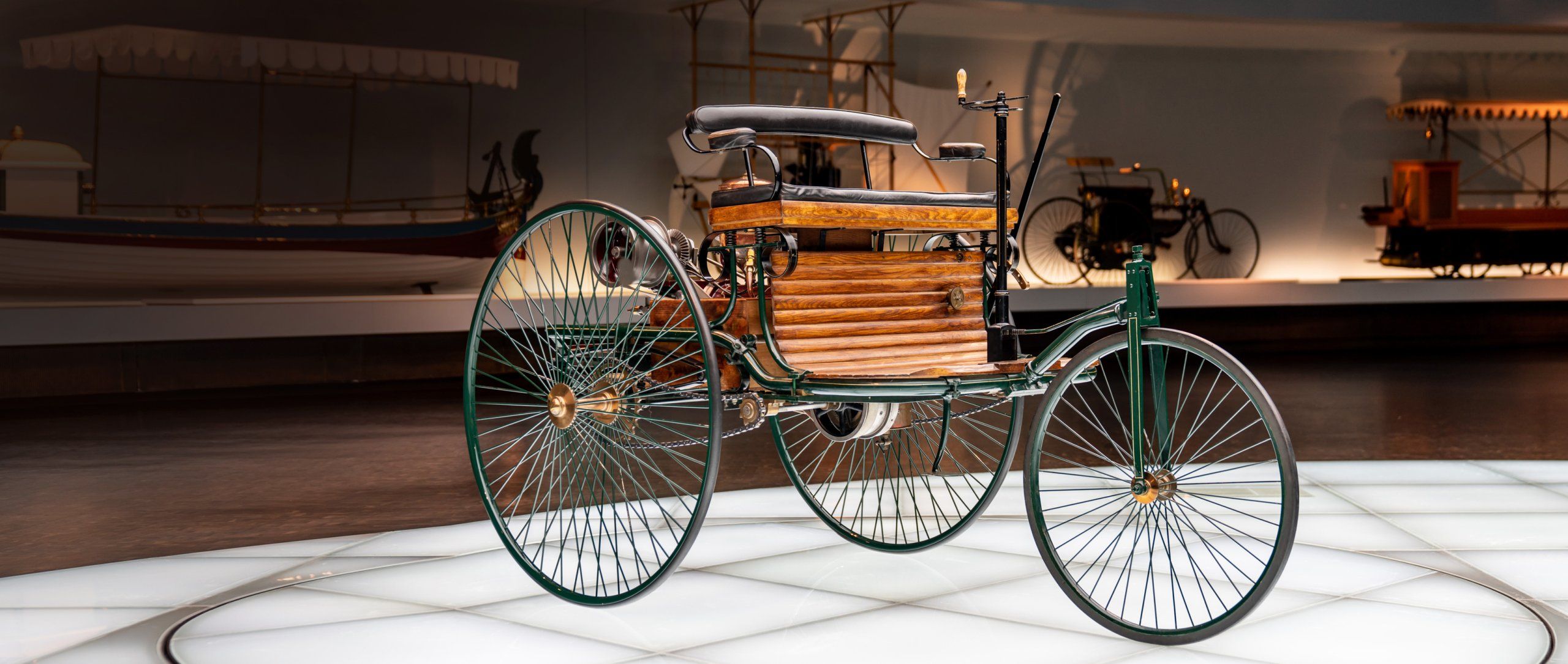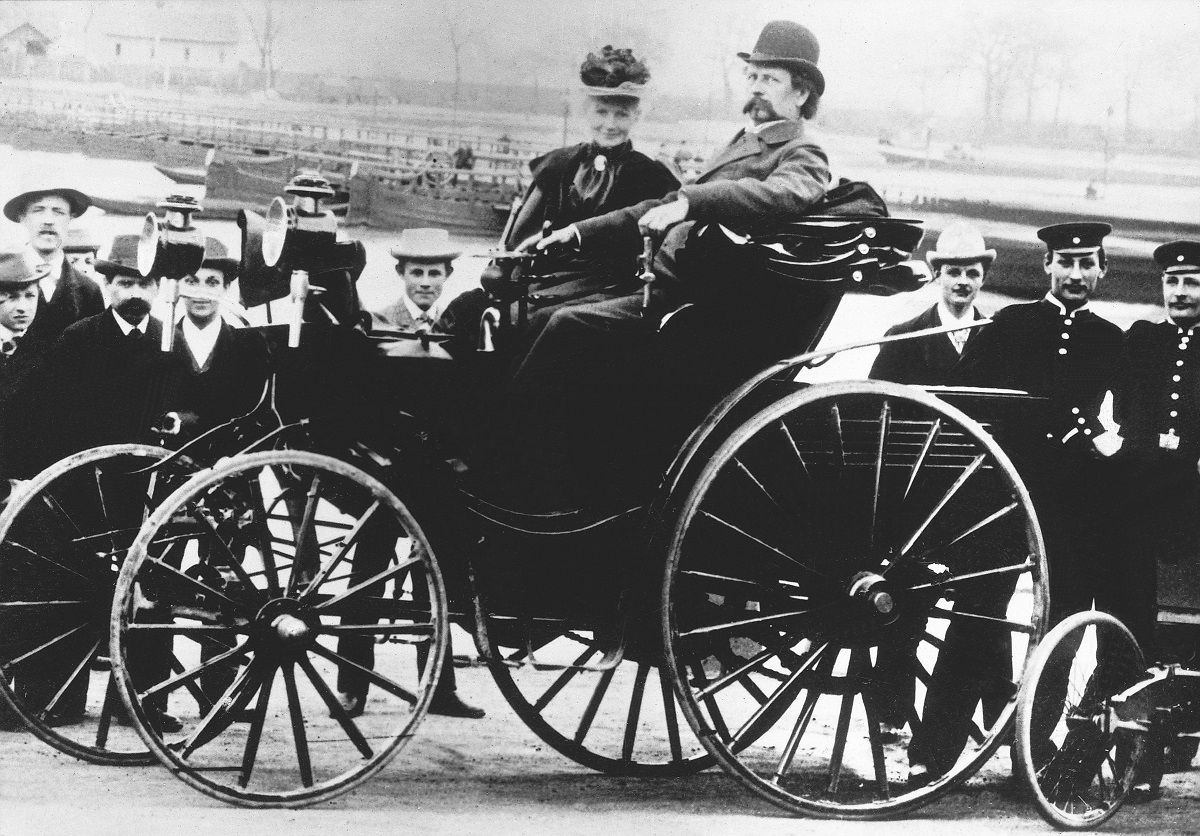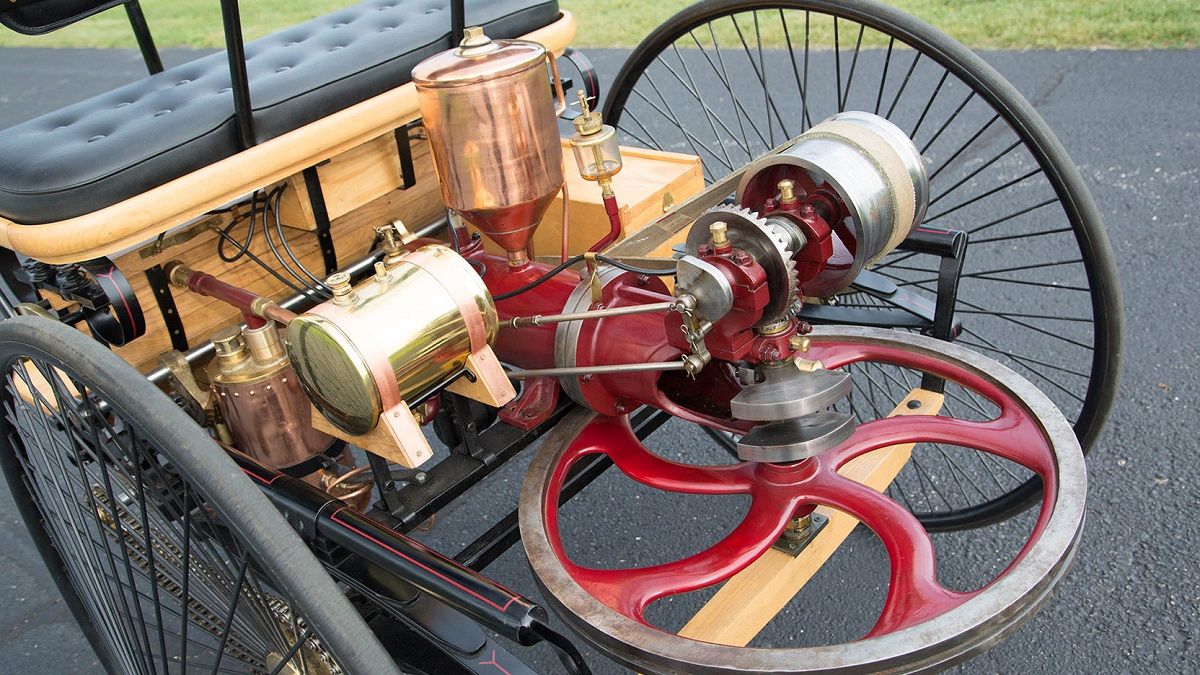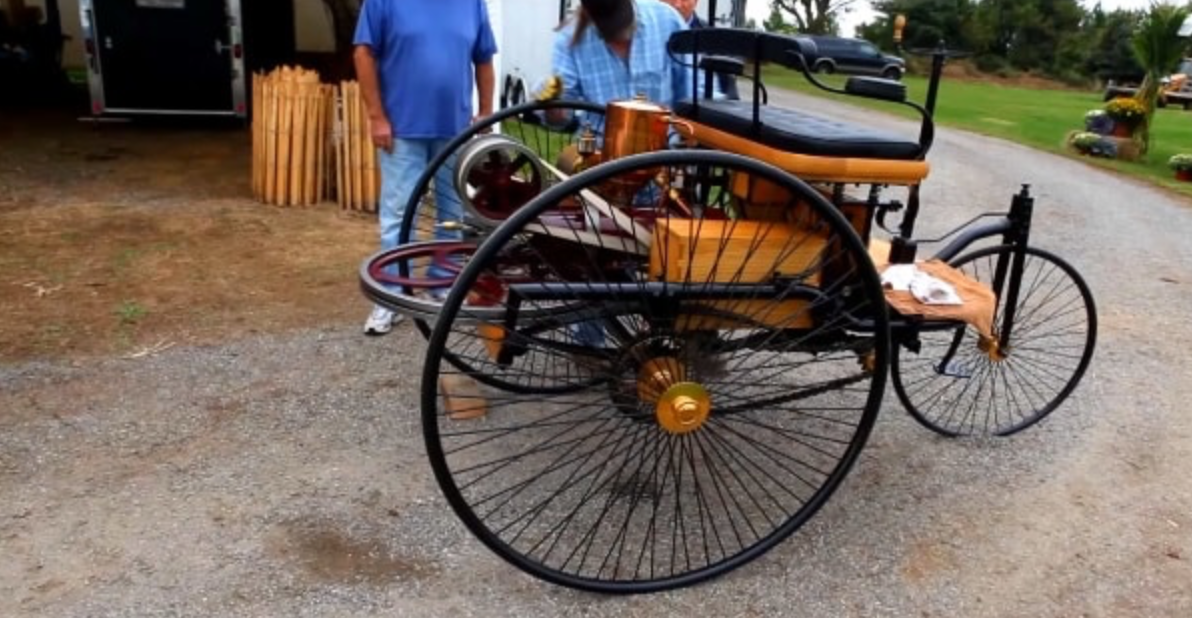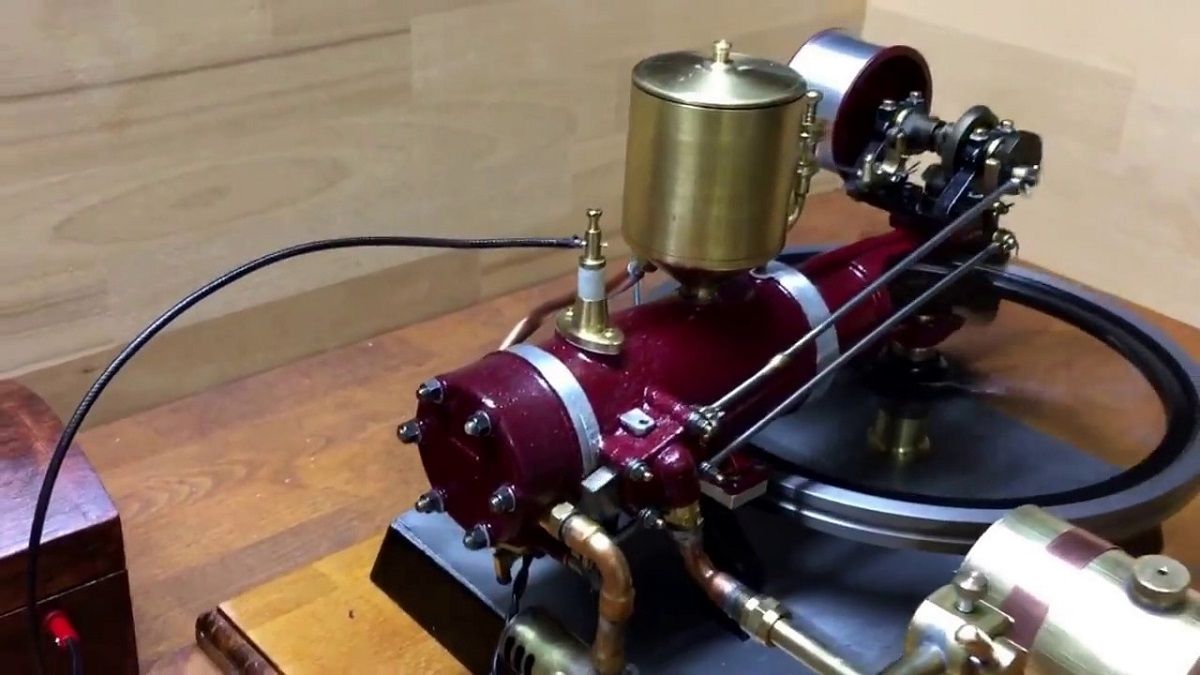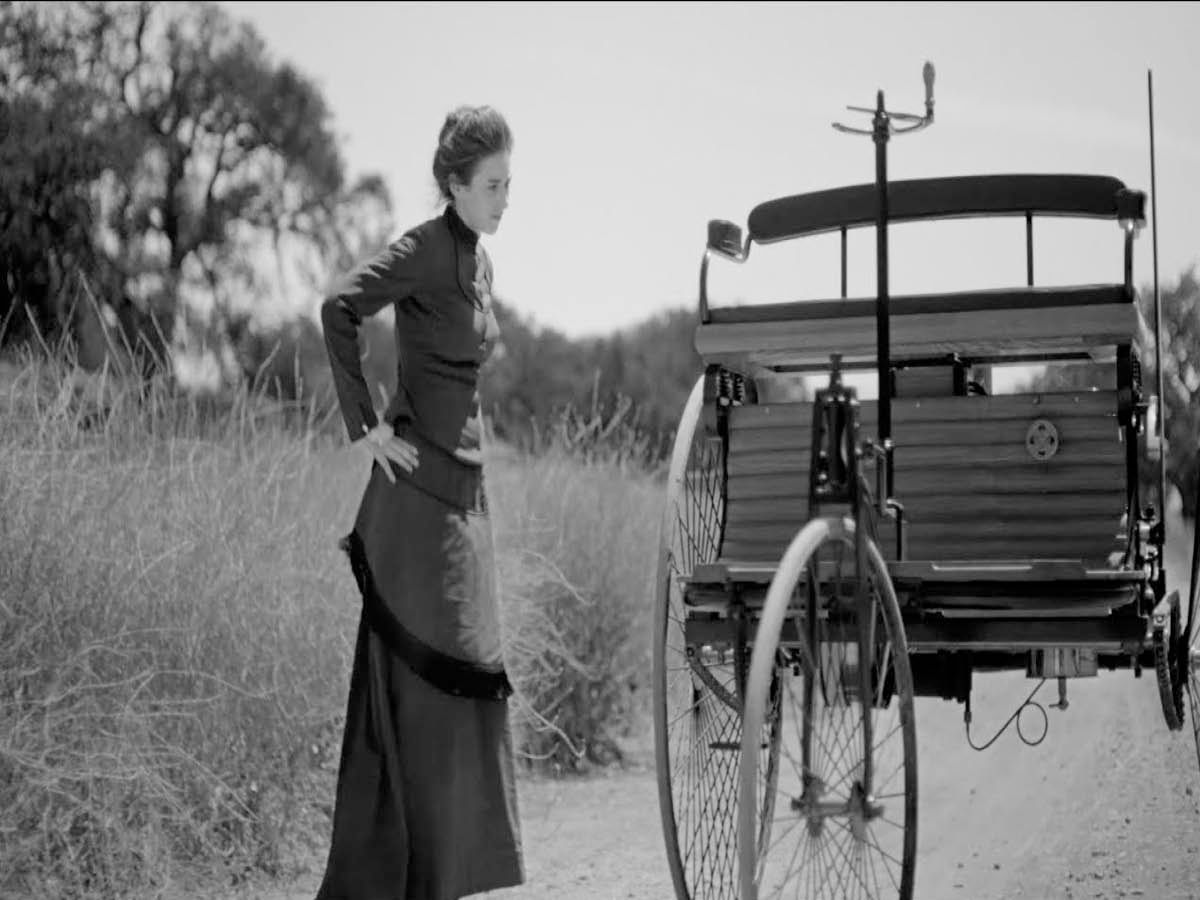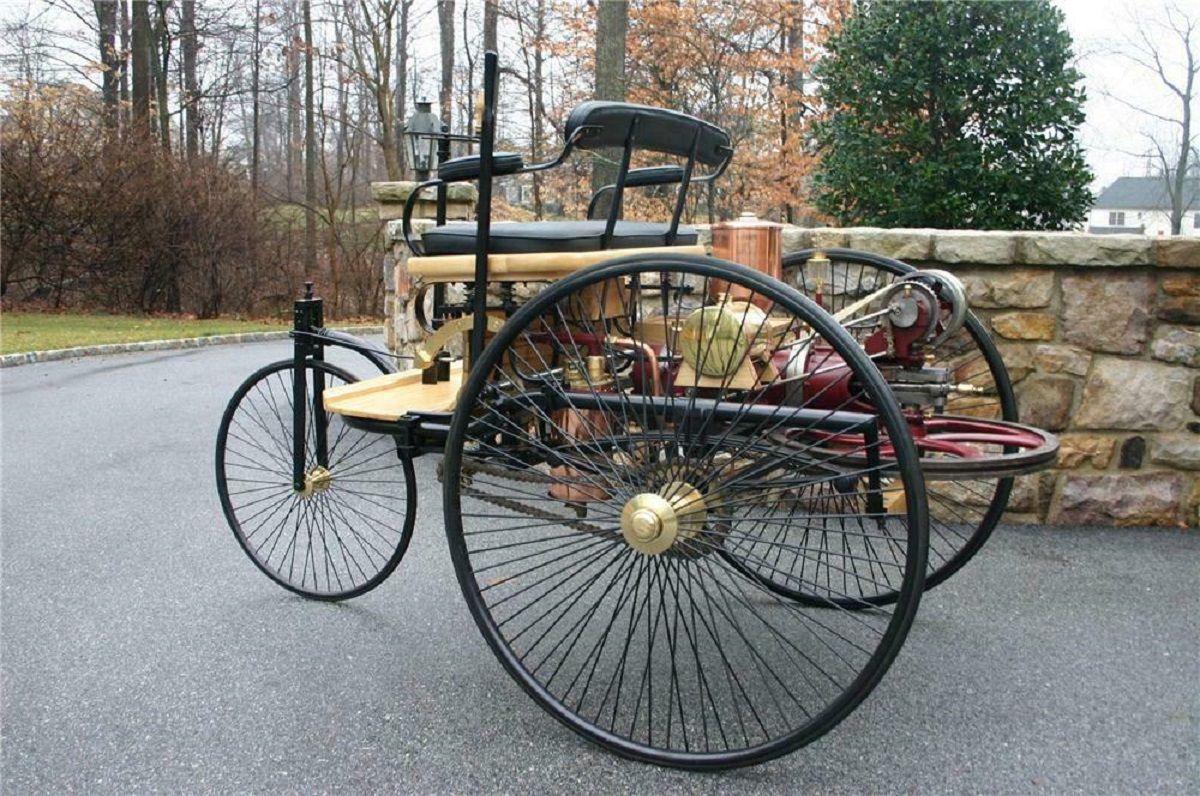The invention of the wheel in Mesopotamia circa 3500BC is considered one of the key groundbreaking moments in the entire history of humankind. Barely five centuries later, the Bronze Age geniuses figured that placing a box on top of the two-wheel axle would form a cart. Soon after, the horse-drawn chariot, the earlier form of a carriage, was ferrying people around battlefields, favored by its light and quick nature. The wheeled vehicle evolved in many shapes and forms for the next five millennia, yet one thing remained constant. They solely depended on the power of the horse. Well, apart from the few experimental and hilariously impractical steam-driven vehicles.
Perhaps the development of the first commercially successful internal combustion engine by Etienne Lenoir in 1860 changed the game completely. This milestone is up there with the invention of the wheel regarding its impact on the human way of life. Soon after, in 1886, Carl Benz received the patent for the Benz Patent-Motorwagen, the first automobile with a gasoline-powered internal combustion engine. The first marketable car left a lasting mark on the auto industry. Here's what we learned about the first car ever invented.
8 25 Units Sold
The first car ever was also the original collector's item. Only twenty-five production versions of the 1886 Benz Patent Motorwagen were ever produced. This came after Benz tinkered in the workshop and almost gave up, then Bertha went on the very important 12-hour road test that resulted in the installation of the two-speed transmission, brakes upgrades, and other updates.
But it took several years of tinkering with two-stroke engines until Benz used an integrated approach to develop the Patent Motor Car, with readily inventions like the engine, lightweight steel chassis, fully engineered and commercially available two-seat velocipedes, and drive components coming together to create a single unit. Production ran between 1886 and 1893 when the Benz Velo replaced it.
7 Engine And Performance
While the Benz Patent-Motorwagen is considered the world's first automobile, it was actually preceded by other auto-mobiles powered by steam and electricity. But it was the first one with an internal combustion engine and the first commercially available automobile. The car was powered by a 945cc single-cylinder four-stroke iron block and head engine.
The engine had an output of two-thirds of a horsepower at 400rpm. Later tests by the University of Manheim showed it was capable of 0.9hp. This is more than 1000 times less than today's current Bugatti and other hypercars are capable of producing.
6 Drive System And Steering
Carl Benz wasn't satisfied with the four-wheel steering system that was available in 1886, so he opted for a three-wheel system. Power was delivered to the two rear wheels, with the solitary wheel at the front tasked with steering duties. The two-seater car had a 62-inch wheelbase and featured a simple drive system, where a pair of chain drives linked by a simple beam axle delivered the power to the rear axle. A big leather strap operating on a single-speed acted as the transmission.
The flywheel is placed horizontally since Benz thought the spinning of a heavy mass would result in too much inertia, thus making steering difficult.
5 Starting The Engine
Today, starting the engine has never been easier, where you don't even need to turn a key. Some cars only need you to press a button in the cockpit or use a remote starter to warm up the car before you hop in on a cold winter morning. But things weren't that simple back in the day. For instance, the Benz Patent Motorwagen was started by manually spinning the large flywheel.
We don't know if there was a driver's manual accompanying the purchase of the car. Still, it would probably instruct the driver to vigorously turn the flywheel at the rear after activating the ignition from the switch under the seat and then regulate the air supply using the handwheel. The gear lever was actuated to launch the car, and the belt from the idler pullet moved to the drive pulley to hit the road.
4 The Idea Stood The Test Of Time
The Benz Patent Motorwagen's parts and features may have been short-lived and quickly improved upon, but the basic ideas have remained the foundation upon which modern cars are built. For instance, the vehicle only rode on three wheels because Benz was yet to figure out how to steer a four-wheeled vehicle.
While the engine produced meager outputs, it incorporated parts and details that form the essentials of a modern internal combustion engine, from positive intake and exhaust-valve actuation to the float controlled and exhaust-heated carburetor and the ignition system featuring a spark plug, coil, and battery.
3 Who Owned The Patent?
The Benz Patent Motorwagen was truly the Big Bang moment of the passenger car. When Benz met his future wife, Bertha Ringer, he had no idea how important she could play a massive role in the success of his inventions and help steer the automotive industry in a new direction. Earlier in his career, she borrowed money against her dowry, which helped save his business, and helped finance the development process, in which she was also involved.
Going by modern law, she would have received the patent rights. But back then, married women couldn't apply for patents, so Benz was solely credited for the invention.
2 First Long-Distance Drive
Historical documents suggest that Bertha Benz could have been more familiar with the car's design than her husband, as pointed out by the several improvements she made to the car's design on its first test drive. While Carl was a brilliant engineer, Bertha understood the need for real-world tests beyond the workshop to make improvements.
Carl also lacked the confidence to show the car to the public, so Bertha, fed up with her husband's fear, took the Benz Patent-Motorwagen on the world's first long-distance drive. Bertha covered a 111 miles round trip accompanied by her two sons, with the car breaking many times. She fixed it on her own each time, while adding upgrades and innovations like the world's first brake pad.
1 100% Handmade
Since Henry Ford’s first moving assembly line in 1913, millions of vehicles have left mass production factories, with robots playing a major role. Only a handful of exotic cars are handmade, and they cost a fortune.
Everything was built by hand when the automobile story began with the Benz Patent Motorwagen, with the only luxury being the hand-stitched leather bench seat with a polished wooden floor. In 1885, this handmade masterpiece could set you back $1,000 to own, which is about $30,000 in today's money.

